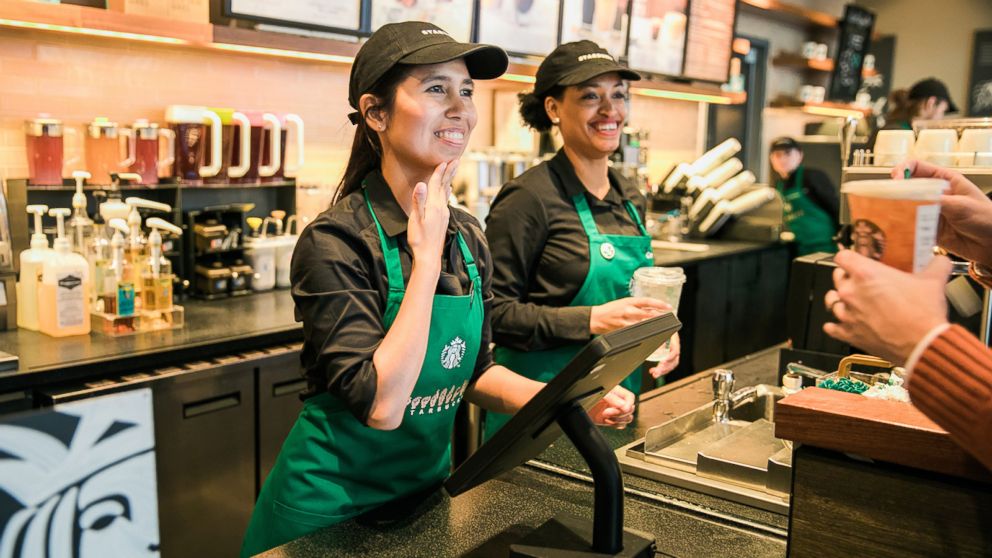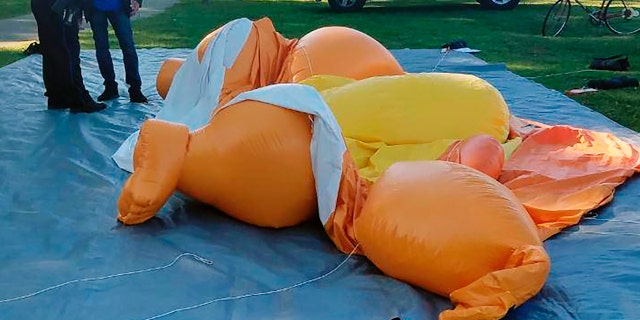In previous posts, I have made the case that sometimes life or politics imitates art, sports and too frequently movies. And on a couple of rare occasions, I have suggested politics imitates business. However, my current assignment teaching entrepreneurship in Milan has reminded me the relationship between leader and follower can be a two-way street.
In 2011, I researched and wrote a teaching case, I used to demonstrate how entrepreneurial behavior could be applied to virtually any discipline. The case involved a decision by Bob Ortega, the owner of a regional Mexican food manufacturer, to expand his business nationally, competing against the two major players in the market. The choice depended on several factors: product differentiation, raising the necessary capital to build the necessary national marketing and distribution infrastructure and whether he had the a support system willing to back his ambition.
The case opens with the following quote attributed to E. J. Dionne without identifying him as an opinion writer for the Washington Post.
A good entrepreneur triumphs by adapting to the times and taking advantage of opportunities as they come. A great entrepreneur anticipates openings others don’t see and creates possibilities that were not there before.
Once students finish discussing the case, I share my dirty, little secret. There is no Bob Ortega. The case is about Barack Obama’s decision to challenge Hillary Clinton for the 2008 Democratic nomination for president. Dionne’s actual quote referred to politicians, not entrepreneurs. Instead of market share expressed in dollars, the currency in the case is votes.
 This nexus between entrepreneurial and political decision making resurfaced last week while teaching a Harvard Business School case titled, “Starbucks Customer Service.” The decision facing CEO Howard Shultz (yes, the same Howard Shultz of short-lived presidential ambition) is whether to invest up to $40 million in additional labor to address increasing consumer dissatisfaction. The decline in customer gratification was the result of the company’s own success. As a broader client base emerged, Starbucks faced competing needs between their original “sit and sip” patrons and the growing “grab and go” crowd.
This nexus between entrepreneurial and political decision making resurfaced last week while teaching a Harvard Business School case titled, “Starbucks Customer Service.” The decision facing CEO Howard Shultz (yes, the same Howard Shultz of short-lived presidential ambition) is whether to invest up to $40 million in additional labor to address increasing consumer dissatisfaction. The decline in customer gratification was the result of the company’s own success. As a broader client base emerged, Starbucks faced competing needs between their original “sit and sip” patrons and the growing “grab and go” crowd.
The supporting documents which accompany this teaching case are data-heavy from which we can ascertain several facts.
- Highly satisfied customers are more likely to drop in three more times per month than other customers.
- Highly satisfied customers spend more per visit than other customers.
- The increased revenue from highly satisfied customers over time more than justifies the additional investment in labor.
But that raised the most important question. How many customers would you have to move from the “so-so” category to “highly satisfied” category to break even (i.e. cover the additional labor cost)? The answer was 67 per store or just less than three percent of the average annual per store clientele. As Obama once said about calling out neo-Nazis as bad people, “How hard can that be?”
Which, as all things eventually do, brings us to the 2020 election. Think of Wisconsin, Michigan and Pennsylvania as Starbucks. Democratic voters became increasingly disappointed with the level of customer service and decided to buy their coffee somewhere else. Unfortunately, the new brewer-in-chief had no knowledge of what it takes to run a roastery. So, as we approach 2020, the Democratic Party faces the exact same situation as Starbucks in 2002. They have two very different customer categories. Instead of “sit and sip” versus “grab and go,” they have left of center moderates and progressives wanting to lead a political revolution.
Shultz’ targeted investment in labor solved his business’ problem. The extra person behind the counter meant baristas could still spend time schmoozing with the lingerers without holding up those who wanted their java NOW. After laying out the numbers, here’s the bottom-line question I ask students. “Is influencing 67 people doable?” And the answer is, “Of course it’s doable.”
Folks, we’re not talking about three percent in these three battleground states. In Michigan, we’re talking about 0.3 percent. Pennsylvania, 1.2 percent. And Wisconsin, 1.0 percent. “How hard can that be?” If the Democratic Party, in the age of Trump, regardless of the nominee cannot find a way to move such a small percentage of voters from the Republican to Democratic column, they have a bigger problem than voter suppression, foreign interference and social media.
Take a lesson from Starbucks. Find solutions that address the legitimate customer service needs of both factions within the party. When it comes to health care, talk about a public option which mirrors Medicare while allowing those who want to stay with their employer based coverage or private insurer to do so. On gun control, you have a consensus on two issues, universal background checks and red flag laws. The NRA will bitch and moan, but their own members overwhelming support these initiatives. And you don’t have to promise free everything. You just need to make a limited number of strategic investments. For example, do you think climate change advocates would oppose investments to retrain coal workers to build solar panels and wind generators?
Maybe, instead of debating each other, the remaining Democratic candidates could sit down over a cup of coffee and figure this out.
A VETERANS DAY POSTSCRIPT:
The sacrifice our men and women make every day to keep us safe in an uncertain and dangerous world is normally something I would not joke about. But this Veterans Day, I cannot pass up the chance to point out a synchronistic moment that could only occur in Trump World. It began with release of an excerpt for Junior’s book Triggered, in which he shares his thoughts while watching his father lay a wreath at the Tomb of the Unknown Soldier.
In that moment, I also thought of all the attacks we’d already suffered as a family, and about all the sacrifices we’d have to make to help my father succeed — voluntarily giving up a huge chunk of our business and all international deals to avoid the appearance that we were ‘profiting off the office.
Junior much be taking Yiddish lessons from Jared because he certainly seems to know the meaning of the word CHUTZPAH.
 But then we had an angry Trumpster attack the inflated Baby Trump balloon with a knife at the Alabama-LSU football game Saturday. When I saw this picture of the deflated caricature, I could not help but think, “Junior, now that’s what I call sacrifice.” Baby Trump gave his life for the resistance. And is more deserving of a purple heart than Junior’s father who accepted one from a veteran at a campaign rally without even stubbing a bone spur.
But then we had an angry Trumpster attack the inflated Baby Trump balloon with a knife at the Alabama-LSU football game Saturday. When I saw this picture of the deflated caricature, I could not help but think, “Junior, now that’s what I call sacrifice.” Baby Trump gave his life for the resistance. And is more deserving of a purple heart than Junior’s father who accepted one from a veteran at a campaign rally without even stubbing a bone spur.
For what it’s worth.
Dr. ESP
